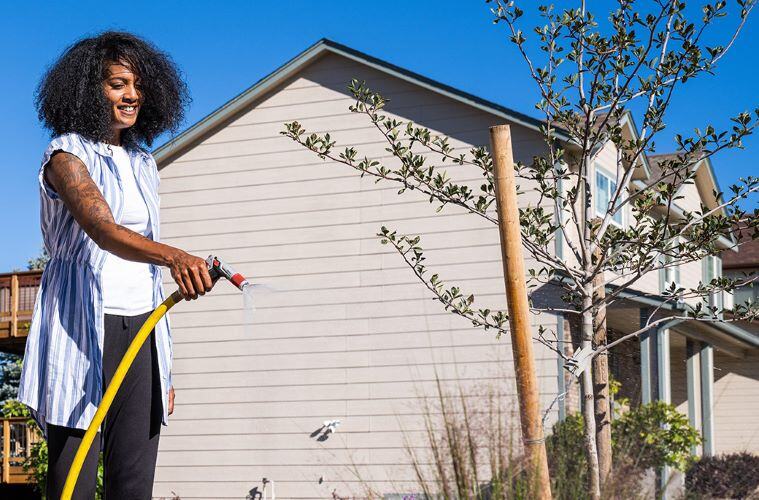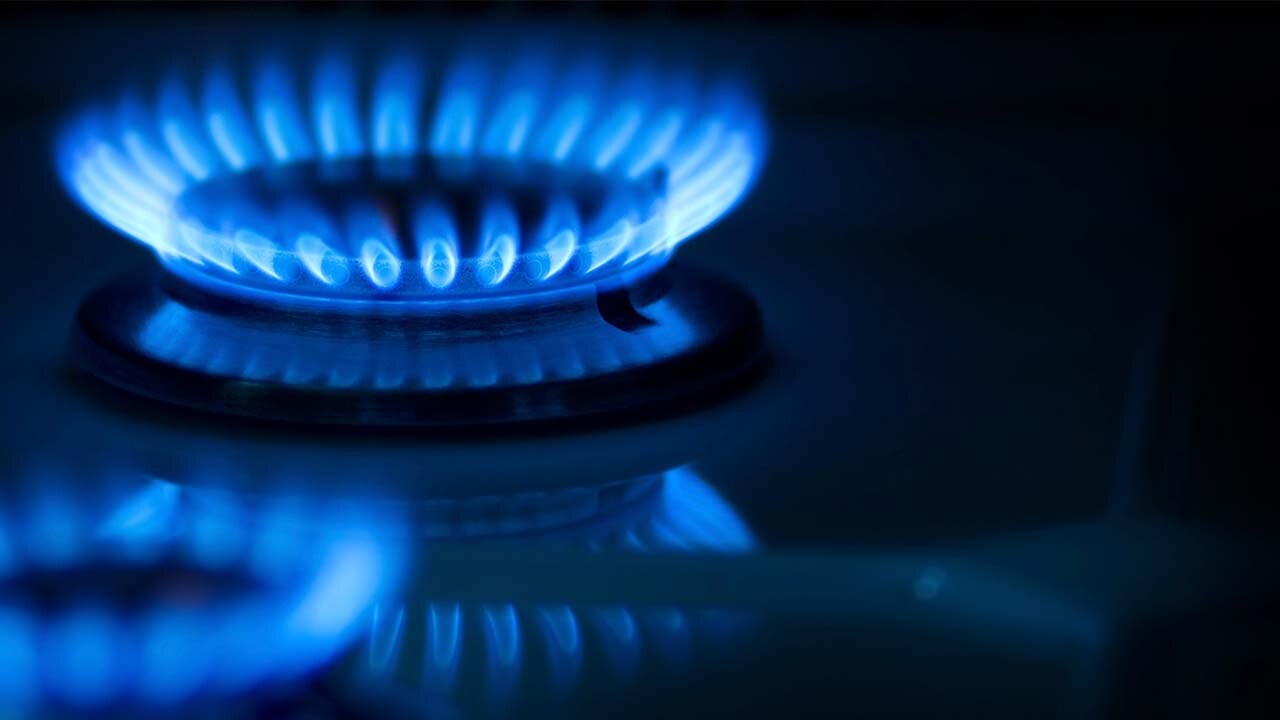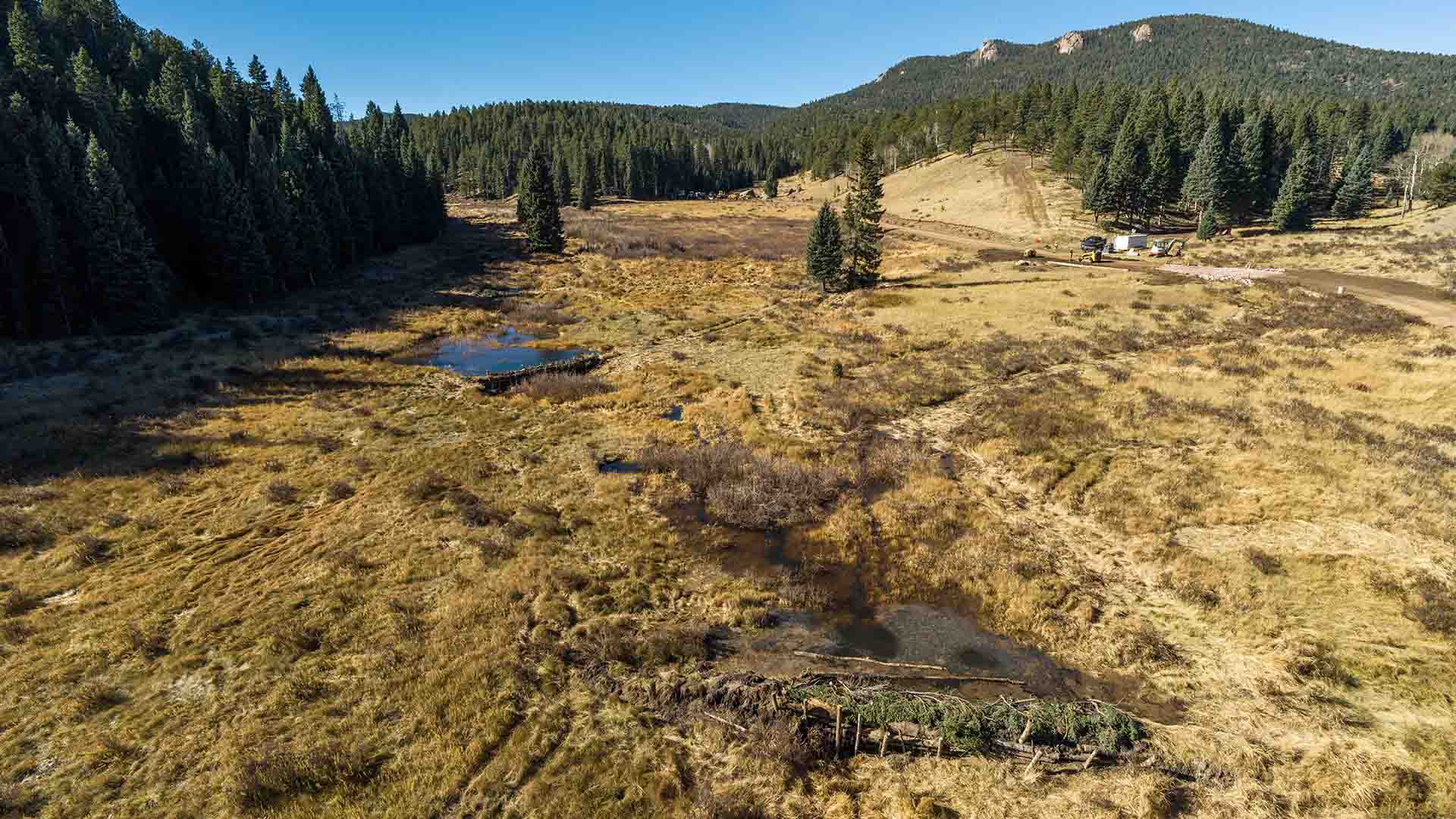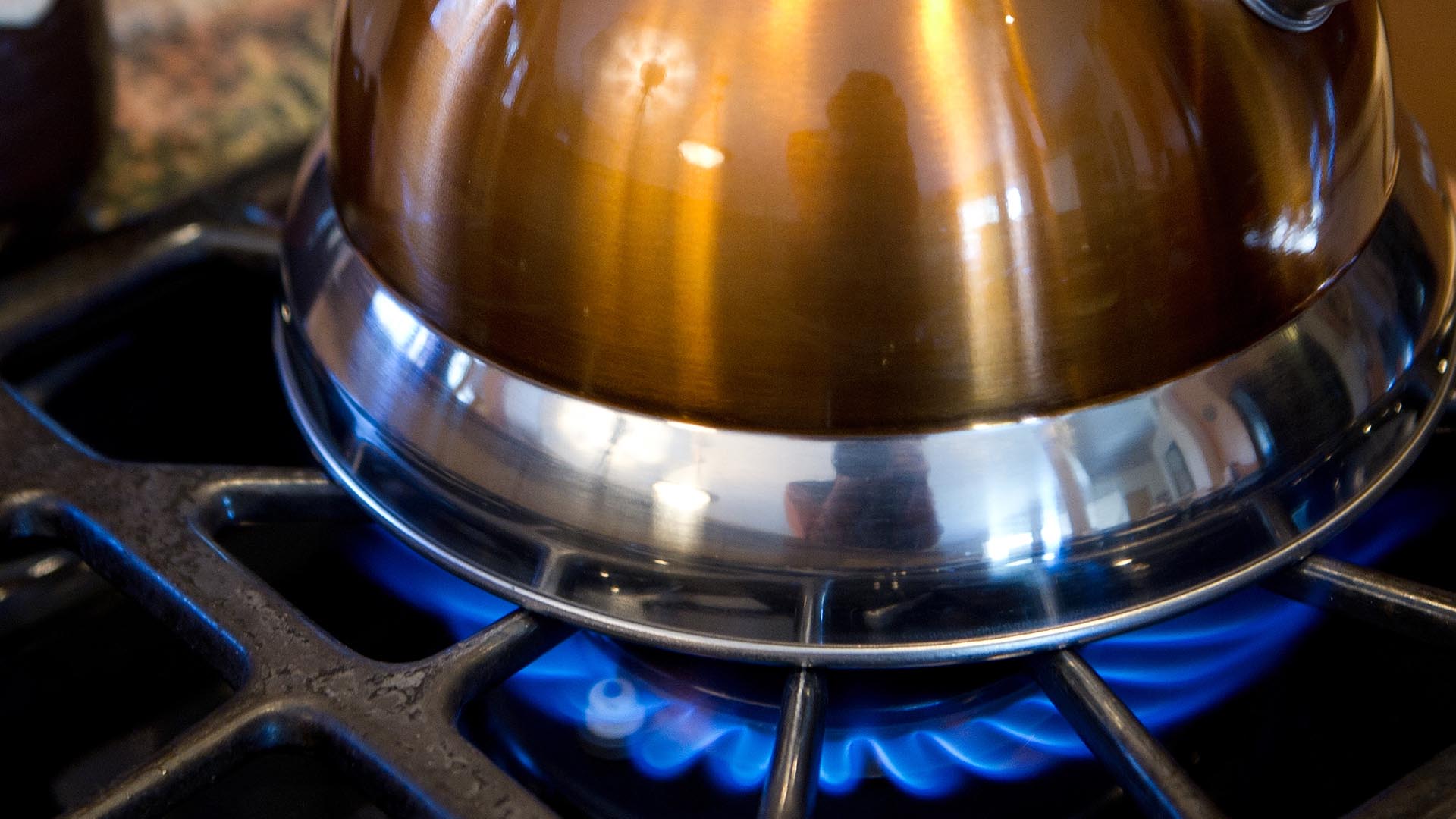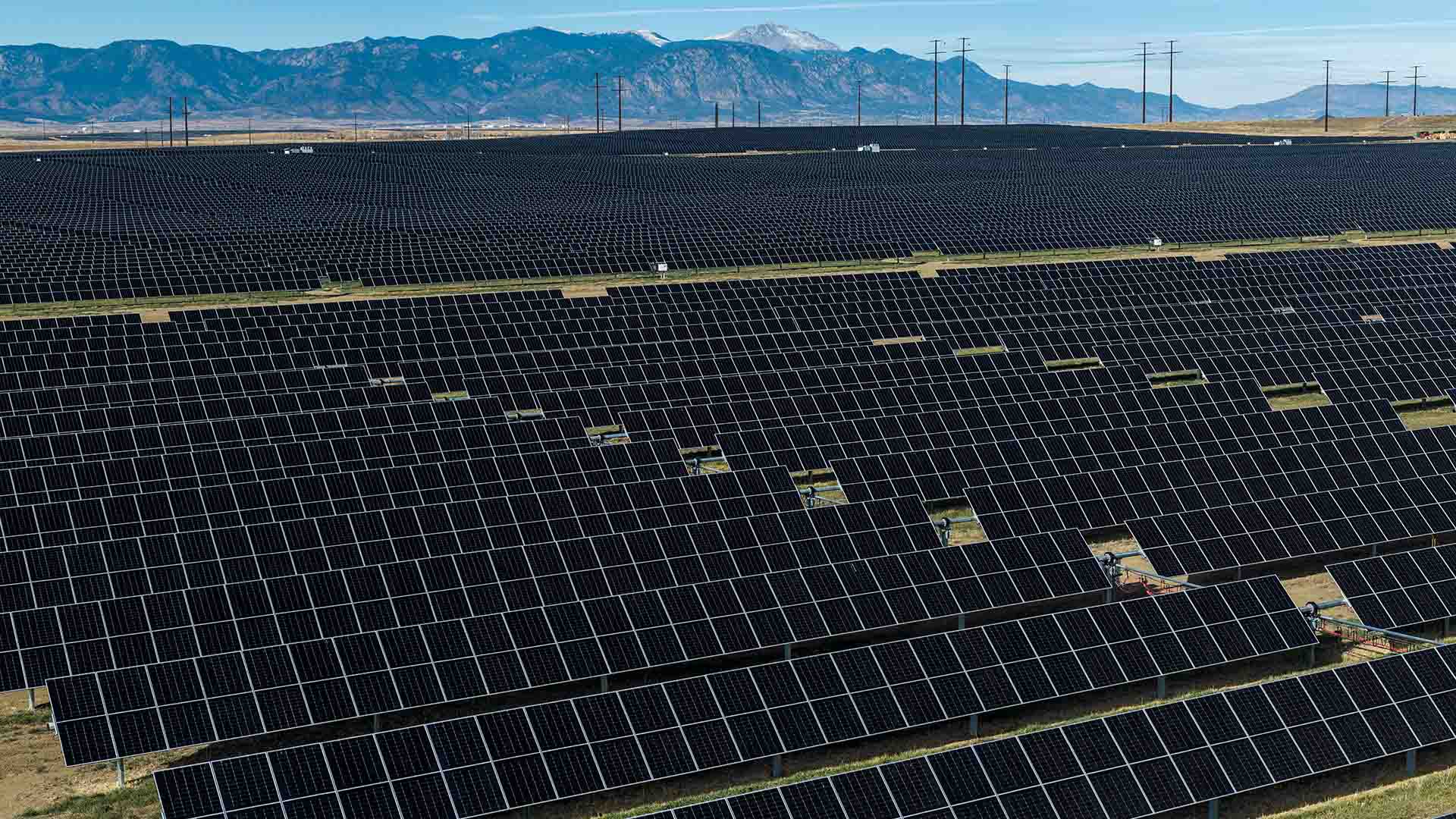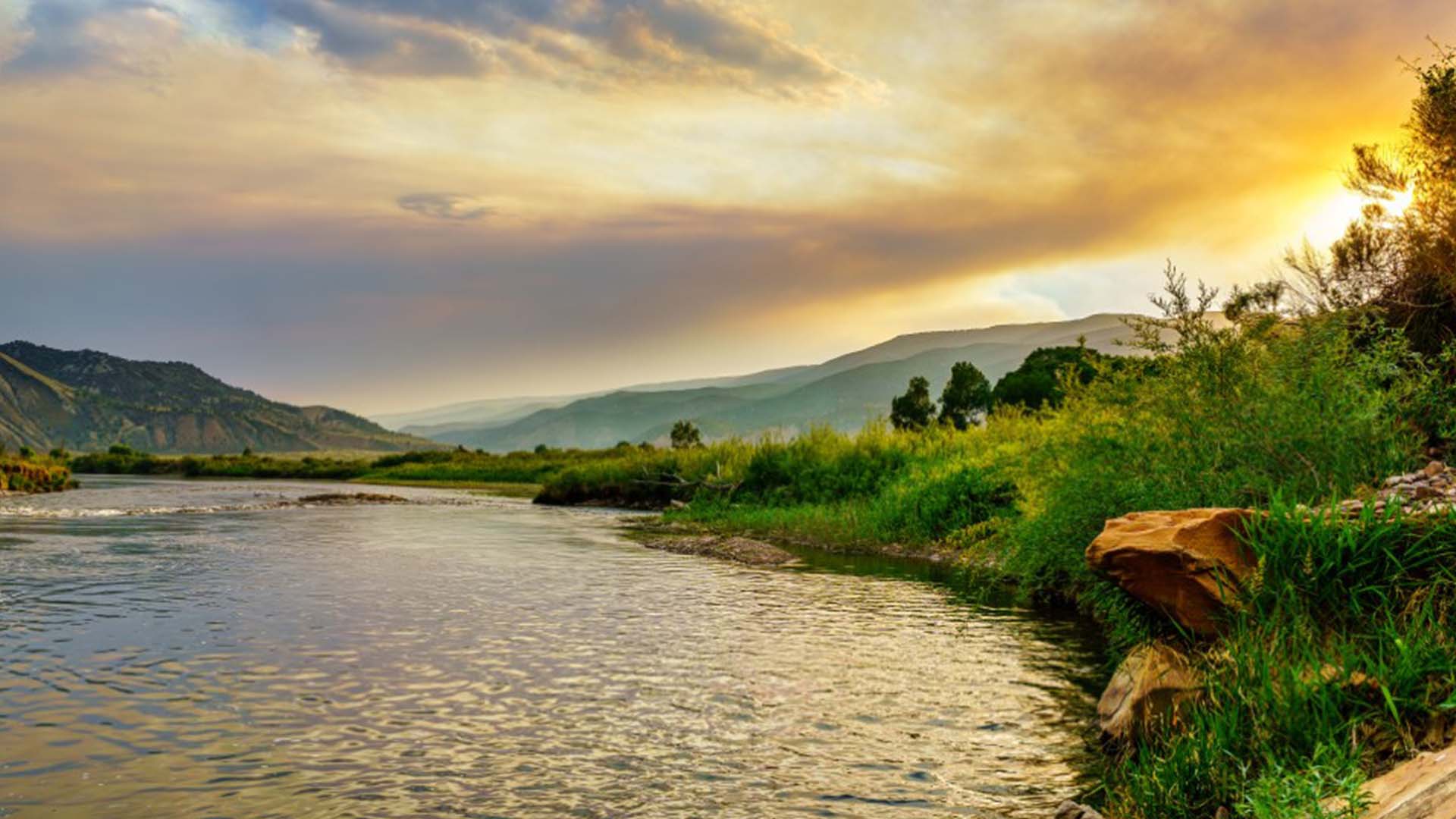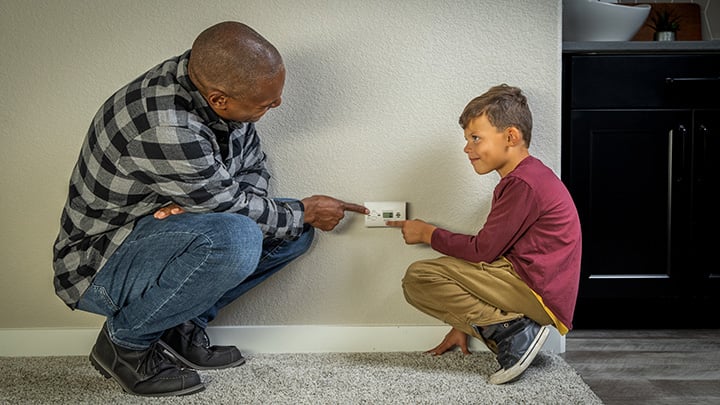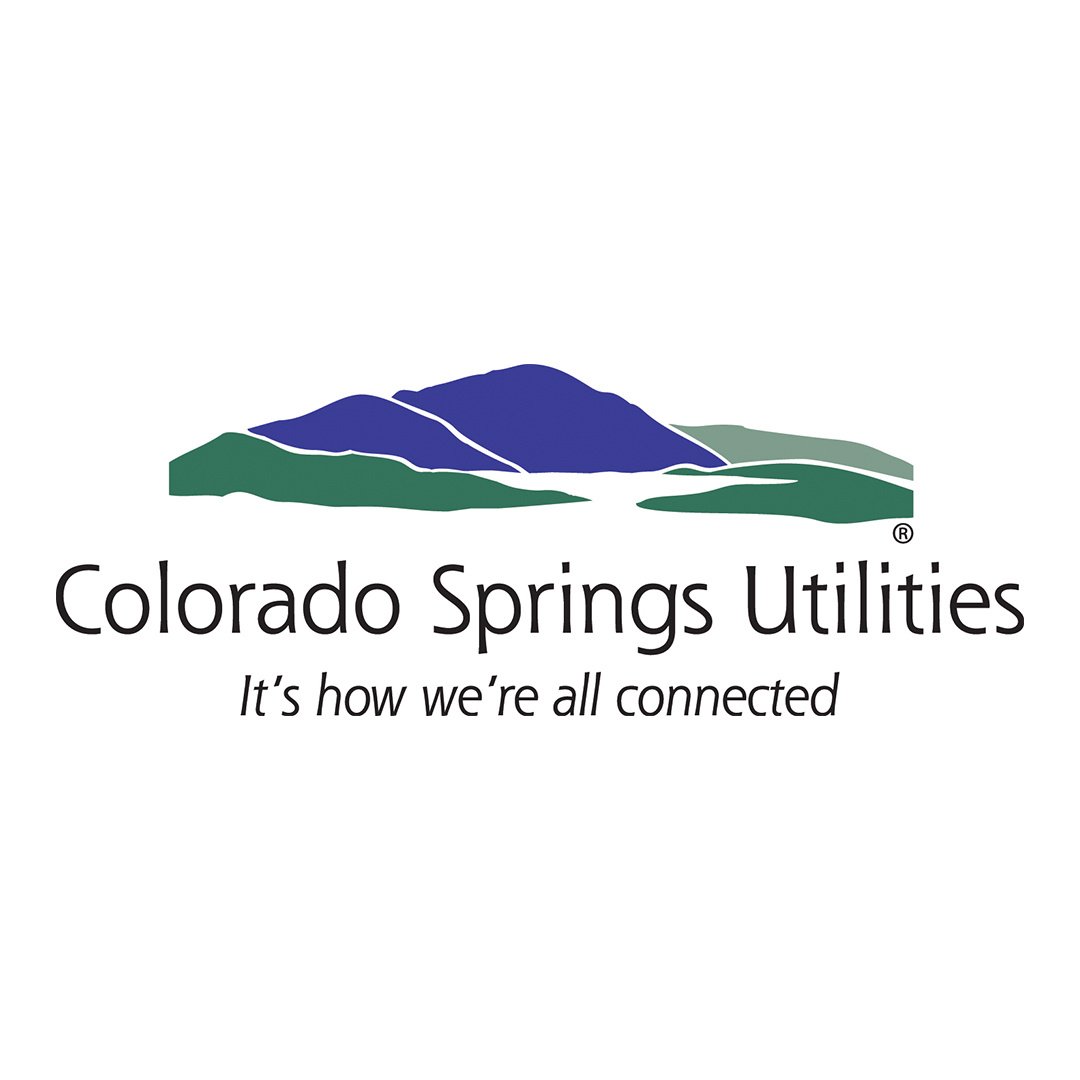
Pat W.
Duration: 1 minute
Published on September 21, 2020
In This Article
We’ve come a long way since the 1800s when we were providing water to citizens through a series of ditches while planning to bring water to town from Pikes Peak. Today we have a complex water system, including 25 reservoirs and pipelines that stretch across nearly 200 miles. We work with other municipalities and agencies to plan for our water supply in a responsible, collaborative way.
Since we don’t have a river delivering water to the doorstep of our growing community, it’s imperative that we continue to pursue future supply through a variety of methods.
We have a balanced water supply plan that serves as our roadmap for ensuring water supply for the next 50 years. It includes conservation, reuse, storage, agricultural transfers (such as lease fallow and water sharing) and completion of existing Colorado River Projects.
We start with making every precious drop of water count. Thanks to partnership with the community, Colorado Springs uses about the same amount of water today as the 1980s, even though the population has grown by 85%. This year, we successfully implemented new Water-Wise Rules that help ensure a water conservation ethic in Colorado Springs for generations to come.
Today, I’d like to share information about one of the storage projects we’re researching in partnership with several other entities. It’s one way we could develop water supply that we have legal right to use in the Colorado River Basin. In short, we’re planning to complete the development of the existing Homestake Project water rights. The first phase of the project was completed in the late 1960s and included construction of the Homestake Reservoir near Minturn, which has become a gem for outdoor enthusiasts.
In 1998, we joined Aurora Water, Climax Molybdenum Company, the Colorado River Water Conservation District and the Vail Consortium (Eagle River Water and Sanitation District, Upper Eagle Regional Water Authority, and Vail Associates, Inc.) in an agreement to develop joint-use water projects in the Upper Eagle River basin (including Homestake Creek and Sopris, Missouri, Fancy and French Creeks). This agreement, called the Eagle River Memorandum of Understanding (ERMOU), facilitates development of the water supply while ensuring statewide cooperation and water sharing.
As a group, we agreed to pursue projects that minimize environmental impacts, are cost effective and technically feasible, can be permitted by local, state and federal agencies, and provide enough yield to meet the water requirements for all of us. Additionally, developing this water supply will support the state’s water plan and Colorado River Basin Implementation Plan by helping to meet future water needs for both the East and West Slope.
Water development projects are typically decades in the making. We’re in the very beginning stages of research and planning for this area. Right now, the U.S. Forest Service (Eagle-Holy Cross Ranger District, White River National Forest) is considering an application we submitted for a geotechnical investigation of various project alternatives. We’re asking to drill holes so that we may study the geology of the area. The investigation is planned near -- but outside of – the Holy Cross Wilderness.
Although we were granted an exemption in the 1964 Wilderness Act that created the Holy Cross Wilderness to allow water development within the wilderness boundaries, it is likely that the Preferred Alternative (selected for its ability to minimize environmental impacts, be cost effective and technically feasible, and can be permitted by local, state and federal agencies), will be developed outside of the Wilderness Area.
With the benefit of the scientific investigation made possible by drilling, we’ll be able to move forward responsibly to meet the water needs of Coloradans.
More information will be shared in this blog to keep you informed about our progress on this important project as we plan for responsible growth and efficient use of our water resources for generations to come.

